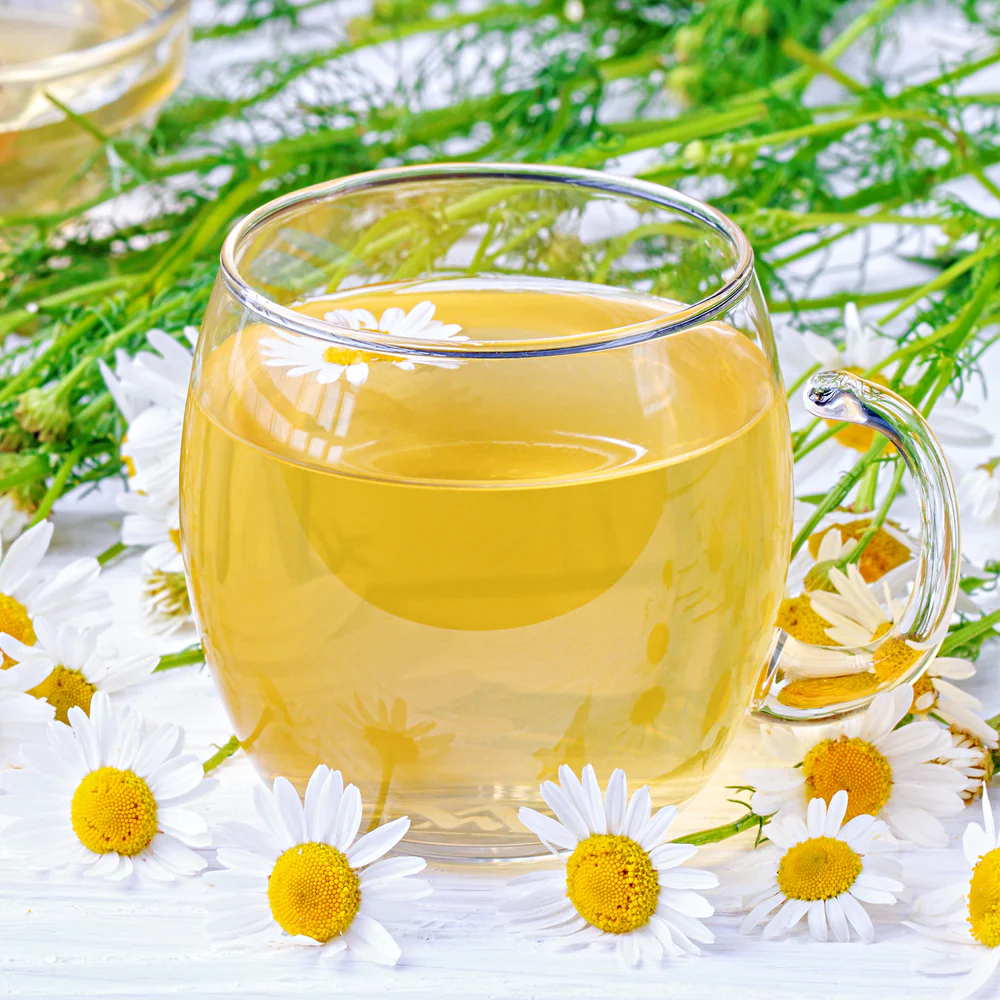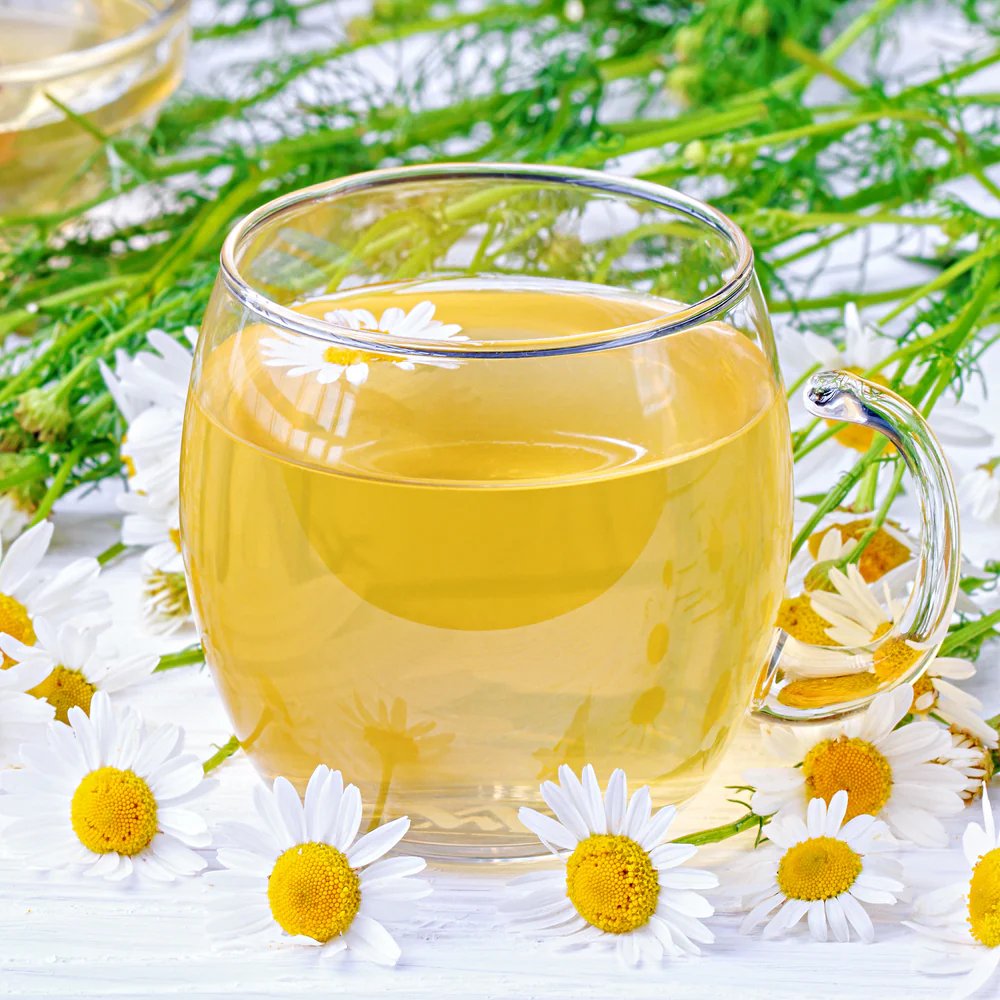
Chamomile tea has a long and rich history, dating back thousands of years. Known for its soothing properties and delicate flavor, chamomile has been used as a natural remedy across various cultures. This herbal tea, made from the dried flowers of the Matricaria or Chamaemelum species, is cherished for its calming effects, medicinal properties, and cultural significance. Let’s explore the fascinating history of chamomile as tea.
Ancient Beginnings
Chamomile’s use as a medicinal herb can be traced back to ancient civilizations:
- Ancient Egypt: The Egyptians were among the first to recognize the healing properties of chamomile. It was often used in remedies for fever, particularly malaria. The Egyptians also associated chamomile with the sun god Ra, and the flower was often used in religious rituals. They even used chamomile in cosmetics and for embalming the dead.
- Ancient Greece and Rome: The Greeks and Romans used chamomile for various medicinal purposes. Hippocrates, known as the “Father of Medicine,” recommended chamomile for treating fevers and women’s health issues. The Romans enjoyed chamomile tea as a calming drink and a digestive aid after meals. Chamomile was also used in healing salves and baths.
Medieval Europe
During the Middle Ages, chamomile was a popular remedy in European folk medicine. Monks, who often grew medicinal herbs in monastery gardens, cultivated chamomile for its healing properties. It was commonly used to relieve digestive issues, menstrual cramps, and anxiety. Chamomile’s pleasant aroma also made it a popular strewing herb, spread on the floors to freshen the air in homes and gathering places.
Chamomile was also used in medieval beer brewing, as a flavoring and preservative, before hops became widely used.
The Renaissance and Early Modern Period
By the Renaissance, chamomile had become a well-established herbal remedy across Europe. It was included in many herbal texts and pharmacopoeias as a treatment for common ailments like colds, headaches, and digestive disorders. Chamomile was often recommended for its anti-inflammatory and antispasmodic properties, and the dried flowers were brewed into a tea for soothing purposes.
In the 17th and 18th centuries, chamomile tea gained popularity among European royalty and upper classes, who enjoyed it not only for its health benefits but also for its delicate, floral flavor.
Modern Use and Popularity
Chamomile tea continued to grow in popularity across Europe, eventually becoming a staple herbal tea in homes worldwide. In the 19th and 20th centuries, the widespread cultivation of chamomile in Germany earned it the title of “German chamomile,” and Germany remains a significant producer of the herb today. Its medicinal properties were further explored by herbalists and early scientists, confirming chamomile’s ability to soothe stress, promote sleep, and aid digestion.
Today, chamomile tea is one of the most widely consumed herbal teas globally. It is valued for its calming effects, making it a popular bedtime drink for those seeking relaxation and better sleep. Chamomile’s role in holistic and herbal medicine continues, with many people turning to it for relief from stress, anxiety, digestive issues, and skin conditions.
Cultural Significance
Chamomile tea also carries cultural significance, particularly in Europe and the Middle East, where it has been used in traditional medicine for centuries. In countries like Poland, Germany, and Egypt, chamomile is still a go-to remedy for colds and digestive problems. Chamomile also plays a role in herbal traditions in Native American and Mexican cultures, where it has been used to treat ailments ranging from inflammation to insomnia.
Conclusion
From its origins in ancient Egypt to its status as one of the world’s favorite herbal teas, chamomile has a rich history as a versatile and powerful plant. Revered for its medicinal properties and gentle, calming effects, chamomile tea has been a cherished part of natural health practices for thousands of years and remains a soothing, healing beverage to this day.




